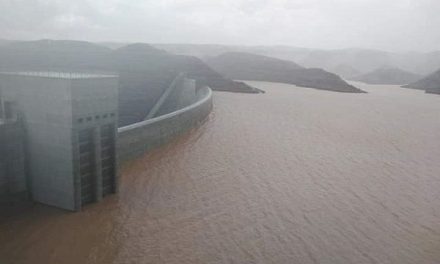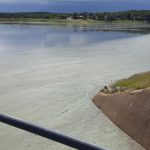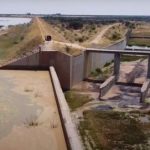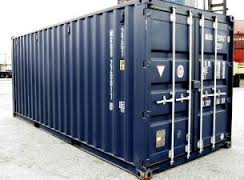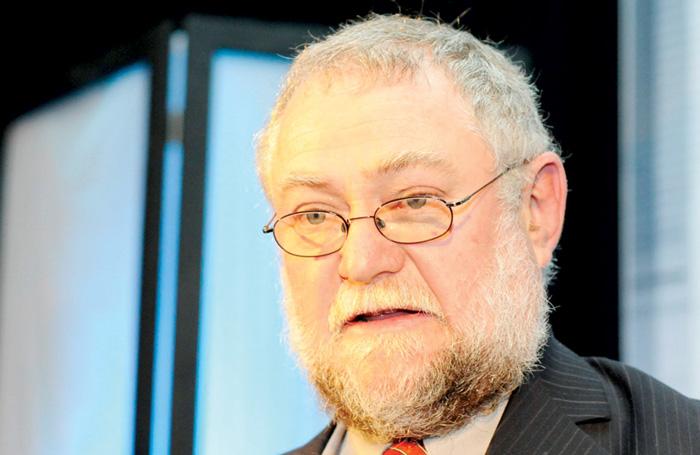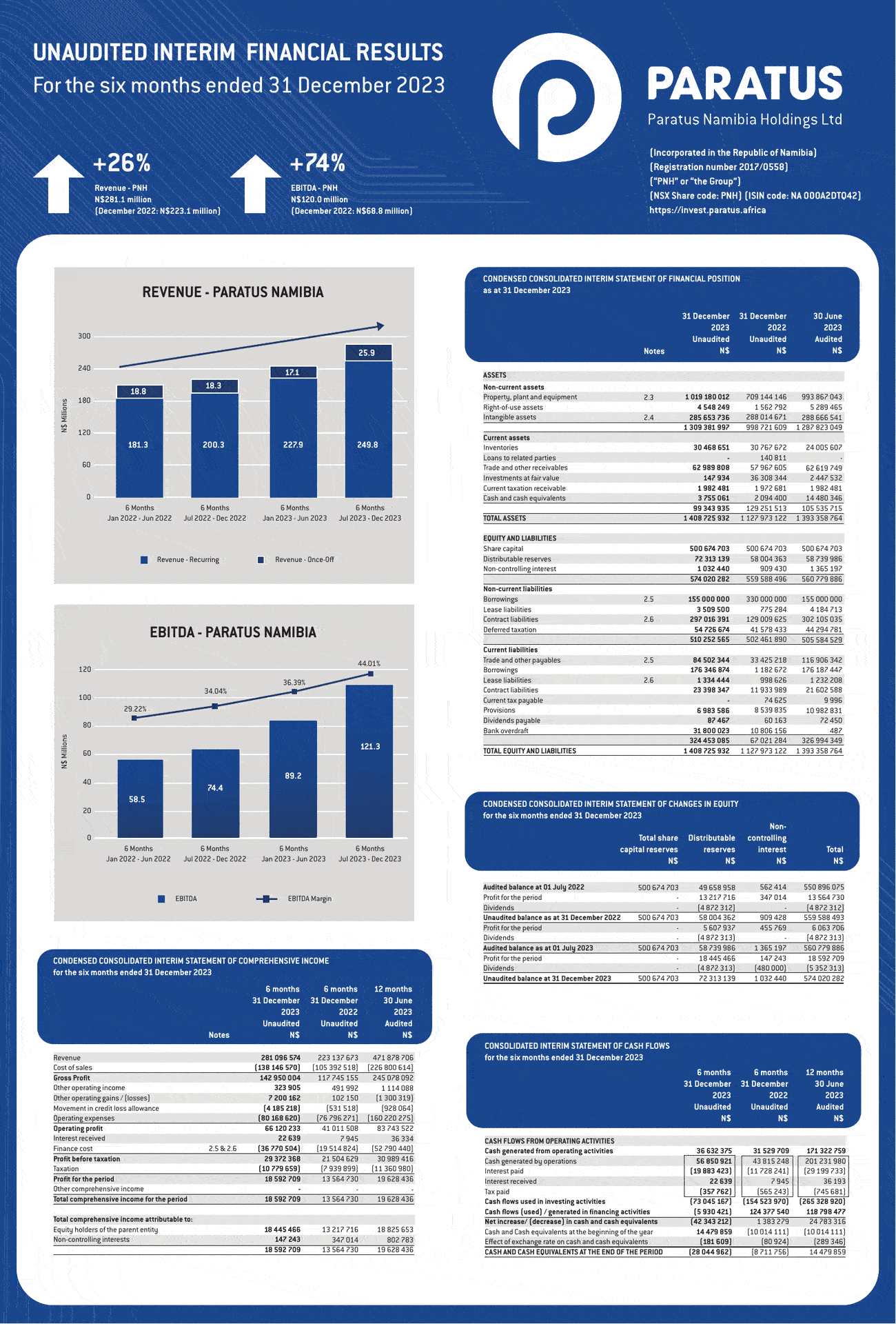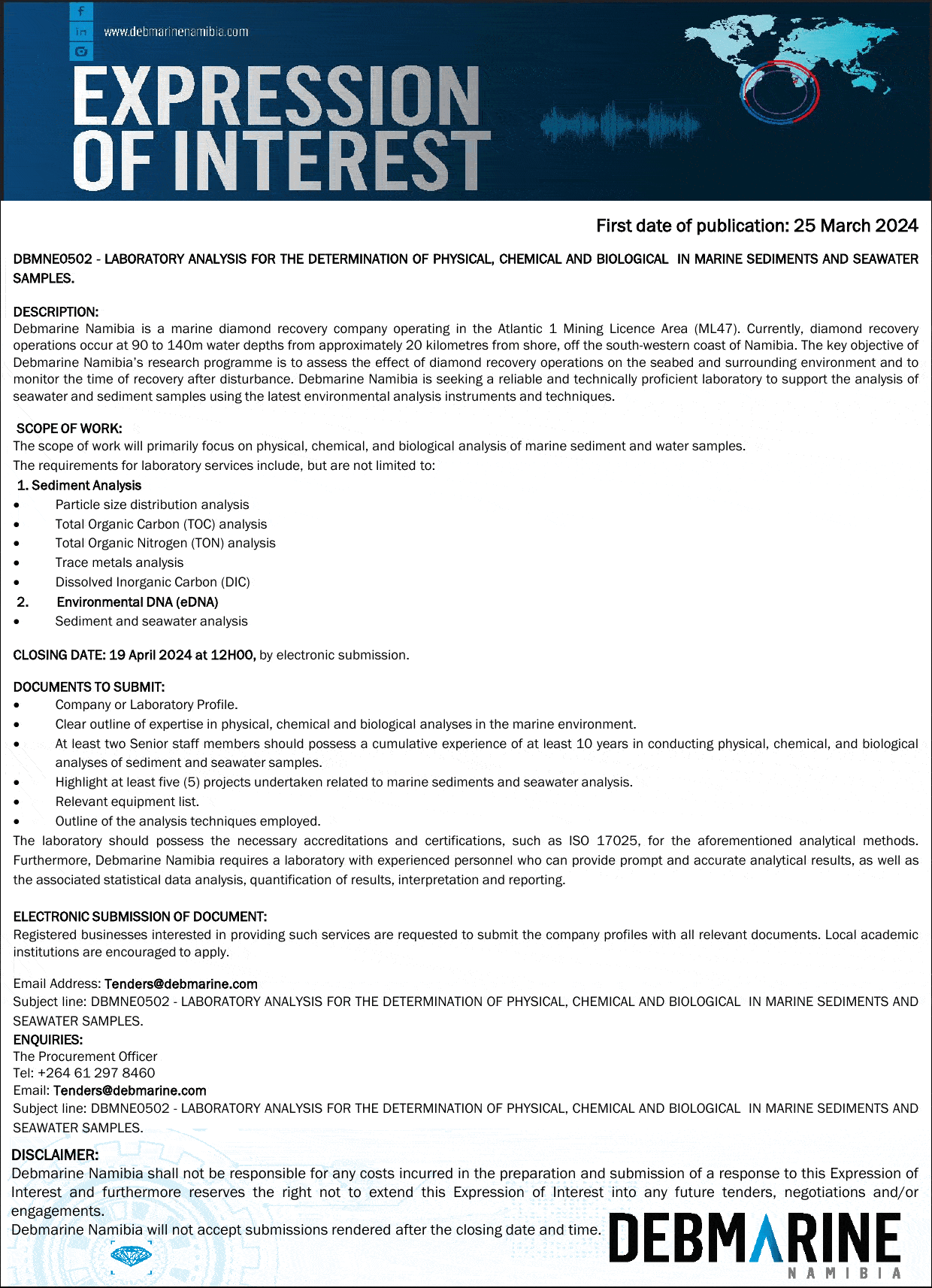
Good neighbours are vital for development
Despite a somewhat chequered history between Namibia and Botswana, it was refreshing to see the Botswana president set foot on Namibian soil for an official three-day visit earlier in the week. The dearth of contact between Namibia and Botswana at the highest level is a sad reflection of the impaired relationship we have had with our closest neighbour. It seems the groundwork has now been laid for a better future relationship. It is a move that will benefit both countries exponentially.
Our official dislike of Botswana has a long history that started during the bush war. In those years the Botswana government was reluctant to have too close a relationship with liberation movements for two very simple reasons – internal security and external partnerships. It came to a head after a successful raid by South African security forces on an ANC safehouse in Lobatse in the late eighties. But Botswana, never having been settled by a colonial power, also felt itself somewhat outside the arena of the struggles fought here and in South Africa.
Immediately after Independence, tension between Namibia and Botswana flared again over disputed territory in the form of Kasikili/Sidudu island. This was eventually settled legally but the frosty atmosphere remained. The result was limited contact and the chance meetings at SADC Heads of State plenaries.
There are so many similarities between Botswana and Namibia, it only needs the application of a small amount of logic, to realise how much the two states can help each other on the development trajectory. The most visible similarities are geographic and demographic, but the complete list covers the entire spectrum of development goals.
Botswana and Namibia are comparable in size especially given the fact that about one third of our territory is desert. The population sizes are similar as are the demographics and the population breakdown. We share a border of almost 1600 km, I believe the longest shared border with any of our neighbours.
Development in Botswana is concentrated in historical centres or lately, in those areas with the highest population densities. There are extensive tracts of land in both countries that are undeveloped for all practical purposes. Both countries are classified as arid, both countries share common wildlife and water resources, and both suffer a severe lack of infrastructure from a development point of view.
Politically, the two neighbours also have more in common than they want to admit. They are both run by a democratically elected, stable government of which the fortunes are overwhelmingly determined by a single dominant ethnic group. And throughout history, earlier inhabitants of both territories frequently migrated across the waterless plains. It is only in modern times, after Botswana’s independence in 1966 and our independence in 1990, that separation along the fenced border was strictly enforced.
Economically Botswana is heavily dependent on diamonds, same as us, while other minerals play a smaller but not insignificant role. Exploration for minerals is relatively small meaning there are vast areas that still have the potential to contribute to future mining. Since about ten years ago, after Botswana completed its Sir Seretse Khama highway and our government paved the road to Buitepos, the two countries share a common goal in developing the Trans Kalahari Corridor to attract traffic volumes feeding the industrial metropolis in South Africa.
And then, of course, there is the Caprivi. This appendage to Namibia’s mainland interior is difficult to administrate, manage and develop. It is an expensive piece of real estate given the fact that the area where its people stay is so far removed from Windhoek. The cost of every project that starts in the Caprivi must always carefully consider the additional financial burden that is a result of the distance. But it sits right on top of Botswana forming the artificial, uncomfortable corridor zone between Angola in the west and Zambia in the east.
If it were possible to reach a political understanding with the Botswana government to act as a facilitator for development of the Caprivi, then both cost and control of this process can be done at much lower cost from a logistical base in northern Botswana. I realise this is a very sensitive issue and can only be addressed with the consent of the Caprivians, but it will make their lives easier if their supply lines run from either Maun or Francistown, and not from Windhoek or Rundu.
As the KAZA transfrontier conservation area gains momentum, perhaps synergies will develop that also help to bring Botswana and Namibia closer. That is still in the future, but this grand concept will rely on even more cooperation and integration, not less.















